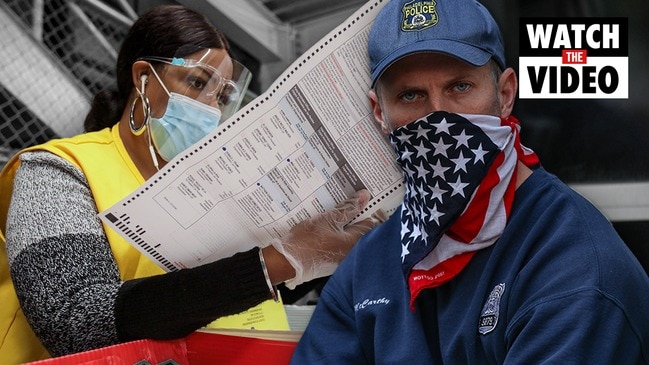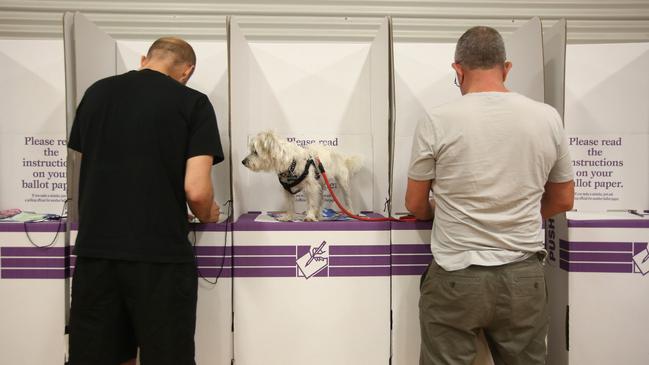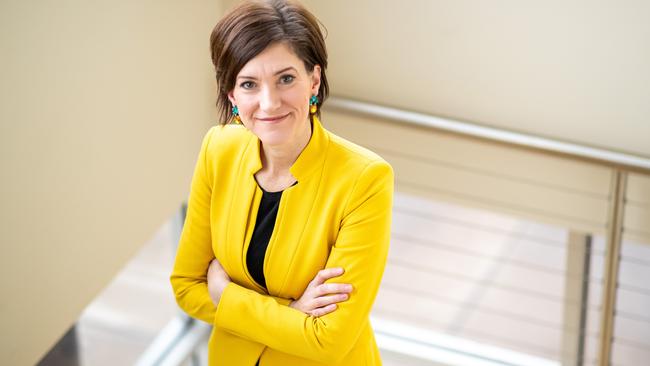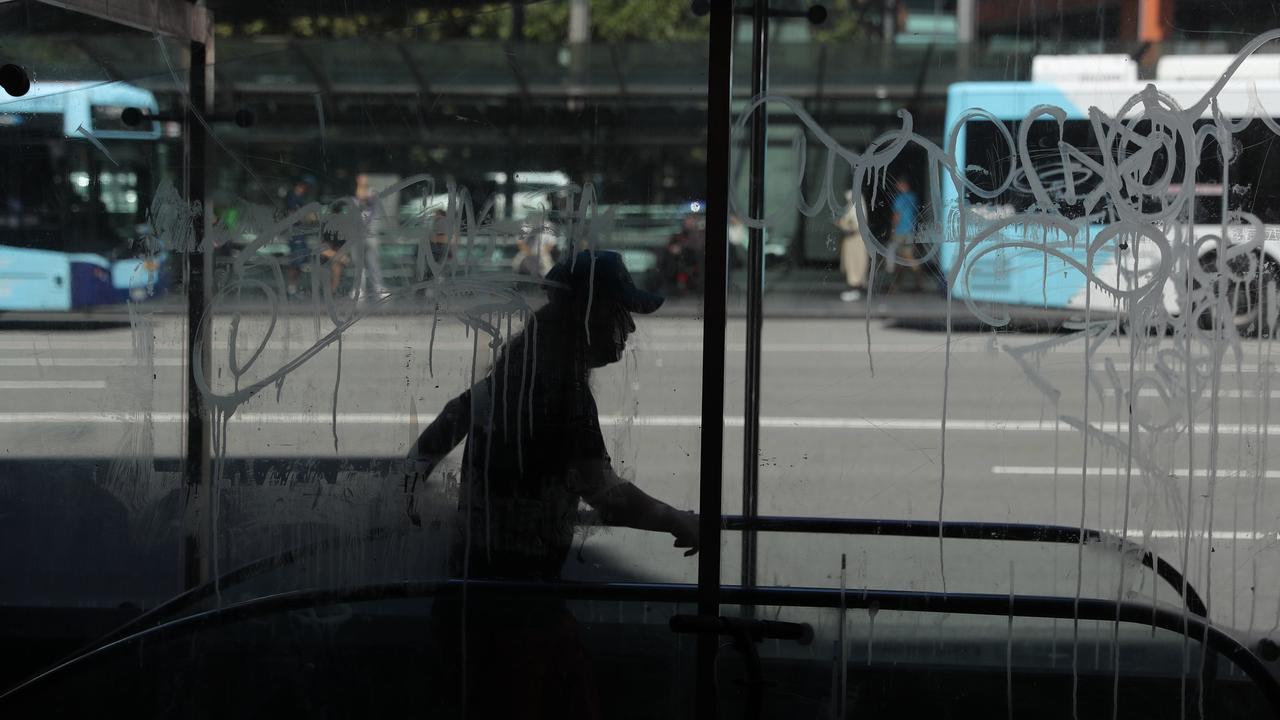Peta Credlin: How ballot-rigging possible at Australian elections
If Australia wants to avoid our elections sinking into US-style chaos, we need to improve our systems and make elections tamper-proof, because right now they aren’t, writes Peta Credlin.

Opinion
Don't miss out on the headlines from Opinion. Followed categories will be added to My News.
Defeated US President Donald Trump’s claims of ballot-rigging have led to self-congratulations that it could never happen here. And it’s true: we’d never have local partisans making up the rules to suit themselves because our elections are handled impartially by the Australian Electoral Commission.
But that doesn’t mean that our system is tamper-proof or that it shouldn’t be improved.
As you know, everyone voting, in person, in an Australian election, is marked off the roll. At the 2016 federal election, there were more than 18,000 cases of apparent multiple voting.
Two individuals apparently voted 11 times and there were 59 individuals around the country who were marked off three times or more.
In a seat like Herbert, based around Townsville, for instance, where the 2016 margin was just 37 votes, it wouldn’t take too many people to vote more than once in order to shift the outcome.
In 2013, the Electoral Commission referred almost 8000 cases of suspected voting fraud to the Australian Federal Police but only 65 were investigated, and none proceeded to a conviction.
The Commission insists that the notion of widespread electoral fraud is a “straw man”.
But why, in 2016, did it write to 4600 people with a history of multiple voting to warn them of the consequences? Improving the fairness and accuracy of our system should start with making sure that no one who’s not really eligible to vote gets onto the electoral roll in the first place.

While most people go onto the roll by providing a passport or a driver’s licence, all you actually need to produce to become eligible to vote is to claim an address within the electorate and verification-by-signature alone of just one person who is on the roll.
In that scenario, there’s no need for ID or anything at all with a photo to prove you are who you say you are; just someone else, on the roll, saying you’re Jane Smith and you live at such and such a street.
Under the system as it stands, there’s really nothing to stop someone who’s not eligible, from enrolling; or to stop someone from enrolling under a false name, or at a false address and then voting in the name of these phantoms.
While the Electoral Commission says it tries to check by sending a confirmation letter or email, that’s hardly foolproof; particularly when hundreds of thousands of new voters surge onto the rolls, as they do once an election is called.
In the Labor Party, especially but not exclusively, it’s common enough for factional string pullers to break party rules in order to populate branches and boost their sway in pre-selections.
In Victoria, at present, more than 5000 ‘ghosts’ (non-existent real persons) and ‘robots’ (branch-stacks) are reportedly being “cleansed” from ALP membership lists. Do we really believe that factional warlords who break the rules to win inside a political party would never
fake anything in order to gain government?
When power-hungry people have a tendency to manipulate the system, it’s important to make the system as fraud-proof as possible.

After the 2016 election, to put the fairness of our ballots beyond question, the Federal Parliament’s Joint Standing Committee on Electoral Matters recommended voters provide photo ID when voting, as required when catching a plane, driving a car or even buying alcohol.
For reasons I can’t work out, the Morrison Government has never followed this up. Nor has it created a digital electoral roll, that would stop multiple voting.
We can only hope there will be action against GetUp!, who encourage activists to stalk opponents’ events in a US practice known as “bird-dogging”. GetUp! denies the term but the method is in its training manuals.
It’s “intimidating”, Liberal MP and GetUp! victim, Nicolle Flint, told me on air last week, and it’s designed to prevent conservatives from getting out and about as much as they should in a campaign.
It is particularly threatening to female candidates, too, at a time when we need to encourage more of them, not less — which is why Flint is so committed to call GetUp! out.
If we’re determined to avoid our elections sinking into US-style acrimony, all this needs to be fixed — and fast.
Watch Peta Credlin on Sky News, weeknights at 6pm



